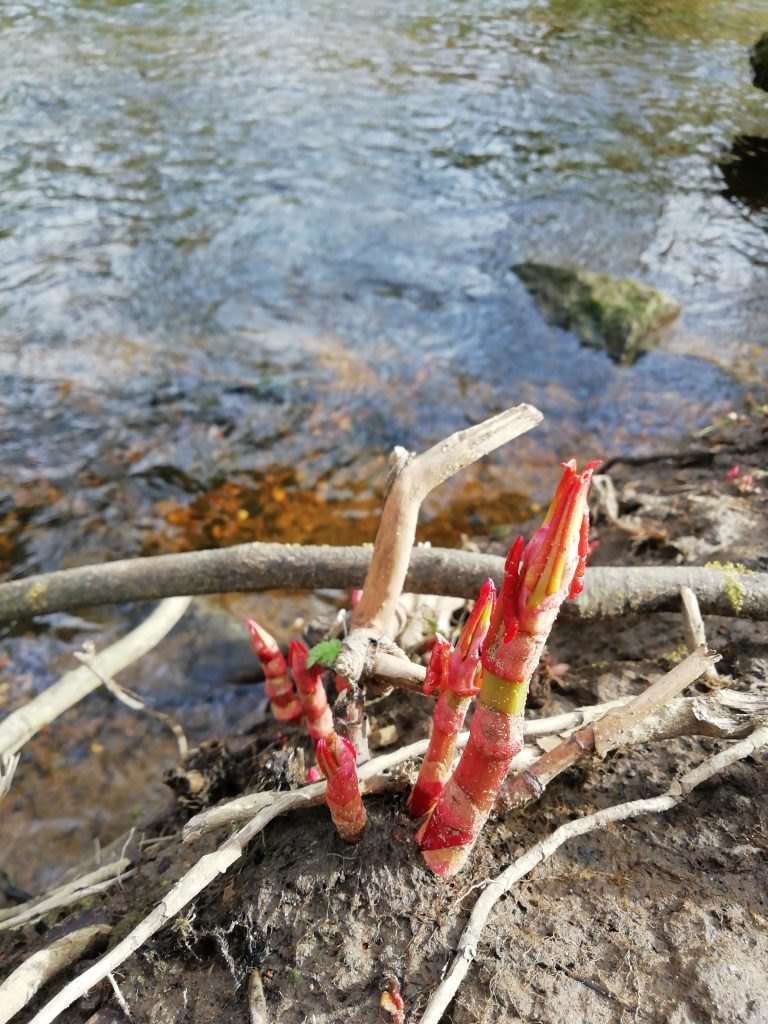Significantly for us the data is used to advise local forward planning, development control, conservation targeting and decision taking by the local authorities in line with their legal duties to biodiversity. Directly impacting on wildlife in the Liverpool City Region.
Once submitted, wildlife records have a wide variety of uses across research, conservation and the public sector. In England, Section 41 of the Natural Environment and Rural Communities (NERC) Act lists our rarest most threatened wildlife. These are the species which government and the government agencies direct the majority of their conservation effort.
‘By 2020, we will see an overall improvement in the status of our wildlife and will have prevented further human-induced extinctions of known threatened species.’
Part of our role as a local biodiversity evidence base is to facilitate and support the collection of data or evidence on where these species are and how they are doing. This data is then shared nationally to help monitor the ongoing status of these species but it also and significantly for us the data is used to advise local forward planning, development control, conservation targeting and decision taking by the local authorities in line with their legal duties to biodiversity. Directly impacting on wildlife in the Liverpool City Region.
The attached image shows the known distribution and number of NERC section 41 listed species in our area, at a 1km square resolution.
Find more information on NERC Act and Section 41 species here: http://publications.naturalengland.org.uk/publication/4958719460769792
Find more information on the Local Government Biodiversity Duty here: https://www.gov.uk/guidance/biodiversity-duty-public-authority-duty-to-have-regard-to-conserving-biodiversity



